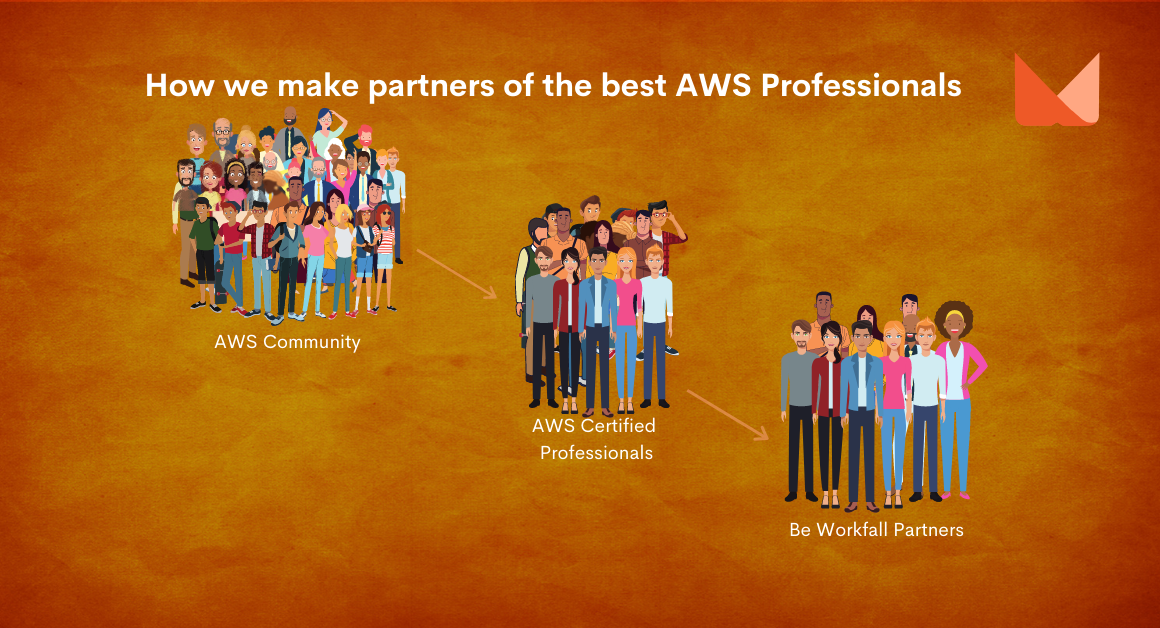There is no contending that the global pandemic has changed the way businesses strategize and innovate. It has business leaders looking for next-gen technologies to support the digital transformation of their enterprises. Shifting to a digital workplace module is no more optional but imperative to keep businesses viable. The overwhelming question is how to avoid the pitfalls of swift transition while embracing this ‘new normal’. Whether you are a start-up or a large enterprise, we outline for you the most common digital transformation mistakes and how to avoid them.
What is Digital Transformation?
Digital Transformation is a subjective term that has come to mean different things to different enterprises but essentially boils down to the usage of digital tools to improve organizational efficiency. By embracing the latest technologies, organizations are aiming to stay afloat despite the pandemic, venture into new untapped markets or simply provide a hassle-free experience to their existing customers/clients.
According to a ‘digital transformation assessment’ commissioned by IBM in 2021, COVID-19 has been a catalyst for this change with 67% of business leaders surveyed asserting that they have accelerated digital projects as a result of the pandemic. Of those surveyed, 92% ranked ‘improving operational efficiency’ as their greatest priority. The report highlighted that ‘organizations were looking to embrace digitalization over the coming 12 months’, particularly in relation to time-consuming manual back-office processes and generating reports.
What is interesting to note is an undertone of urgency to this transformation and therein lie the pitfalls. While tools and technologies are growth enablers their efficacy is not independent of the visionary leadership steering the change. At a time when every penny matters, a well-thought-of, carefully laid-out digital transformation strategy is non-negotiable. In a rush to adapt to new technologies avoid the following traps.
1. Ineffective Data Management: Most organizations sit on a huge pile of data. When transferring old data to a new platform there are chances of losing some of it. It is after migrating that they realize they have lost access to some of the valuable data owing to format incompatibility. This costs not only in terms of money but time.
Solution: Build an effective data management framework before embracing the transformation. A focus shift from investing in infrastructure to data is going to be the ‘new normal’.
2. Inefficient Business Processes: In a rush to ride the digital bandwagon, do not embark on the wrong one. A digital transformation can go wrong if the current road map doesn’t have clearly laid out long- and short-term goals and subsequent workflow to complement the same.
Solution: Take time to do in-depth research and hone your business process. The digital version will be only as well-implemented as the blueprint.
3. Inaccurate Budgeting: When hiring a skill set (whether internal or outsourced) to facilitate the digital transformation process, budgeting for every small little detail is vital and oft-overlooked. The devil, as they say, lies in the details. Enterprises fail to account for the licensing and certification costs associated with the process and later realize that they hadn’t provisioned for the same in the given quarter.
Solution: Account for budget and constraints at the very outset of the transition. Make sure your team apprises you of every small detail in terms of digital licenses, the software required, and any other follow-up costs, and work out tentative constraints to ensure a smooth transition.
4. Failing to acquire proper skill set: Remember, one size doesn’t fit all and the same remains true in the digital world too. Enterprises end up paying a lot more or wasting a lot of time and resources by not identifying the proper specialist to do the job. Digital transformation is not an overnight job. It requires a highly skilled IT team which means your business would either be hiring one or outsourcing the job to a specialized company. In either case, not matching the skill set optimally to their specific business requirements is a mistake many organizations make.
Solution: The more you sweat in the field, the less you bleed in war! So, spend time chalking out a clear, written, time-bound digital transformation strategy identifying your business’ specific requirements and develop a core strategy keeping in mind what it is that you are trying to achieve in say, the next 2 or 3 quarters.
5. Lacking the right infrastructure: Without the right IT infrastructure, you can not innovate faster. It is important to scout for technologies that are agile, cost-saving, and provide you with a global reach. The IBM report highlights cybersecurity and cloud computing as the most widely adopted technology.
Solution: Look for robust technologies like AWS, that provide you with on-demand delivery of IT resources, preferably with a pay-as-you-go pricing so instead of building data infrastructure you focus on idea implementation.
According to IDC Reveals 2021 Worldwide Digital Transformation Predictions, 65% of Global GDP would be digitized by 2022, driving over $6.8 Trillion of direct DX investments from 2020 to 2023. Business leaders will leverage digital platforms and ecosystem capabilities to adapt their value chains to new markets, industries, and ecosystems. In this digital supremacy economy, enterprises that invest in building a digital transformation (DX) implementation roadmap will remain ahead of the game.
Conclusion
In this blog, we have discussed digital transformation and the most common digital transformation mistakes, and how to avoid them. Stay tuned to keep getting all updates about our upcoming new blogs on digital transformation, AWS, and relevant technologies.
Meanwhile …
Keep Exploring -> Keep Learning -> Keep Mastering
This blog is part of our effort toward building a knowledgeable and kick-ass tech community. At Workfall, we strive to provide the best tech and pay opportunities to AWS-certified talents. If you’re looking to work with global clients and build kick-ass products while making big bucks doing so, give it a shot at workfall.com/partner today.


